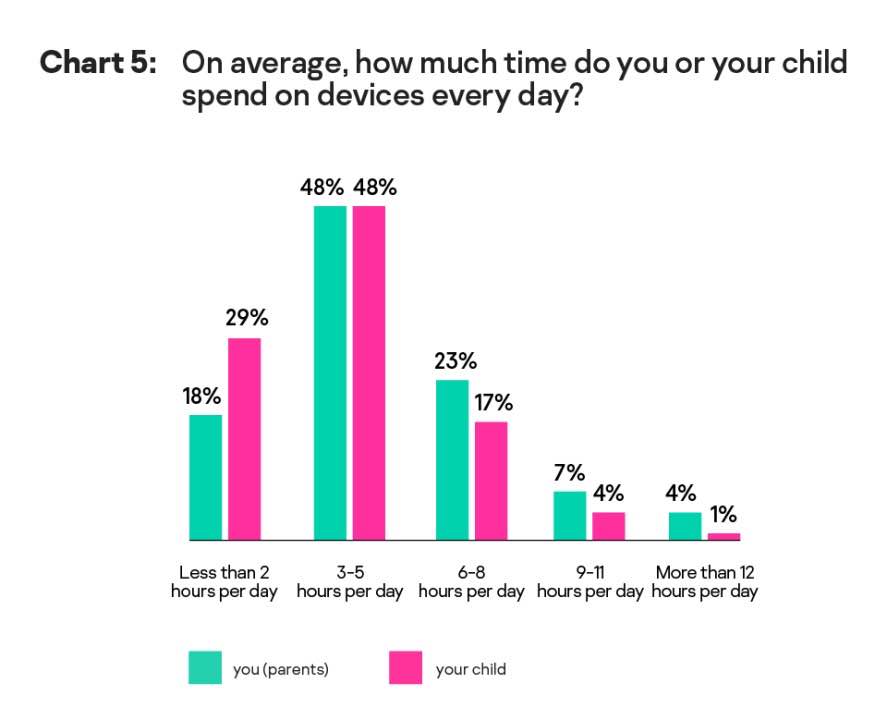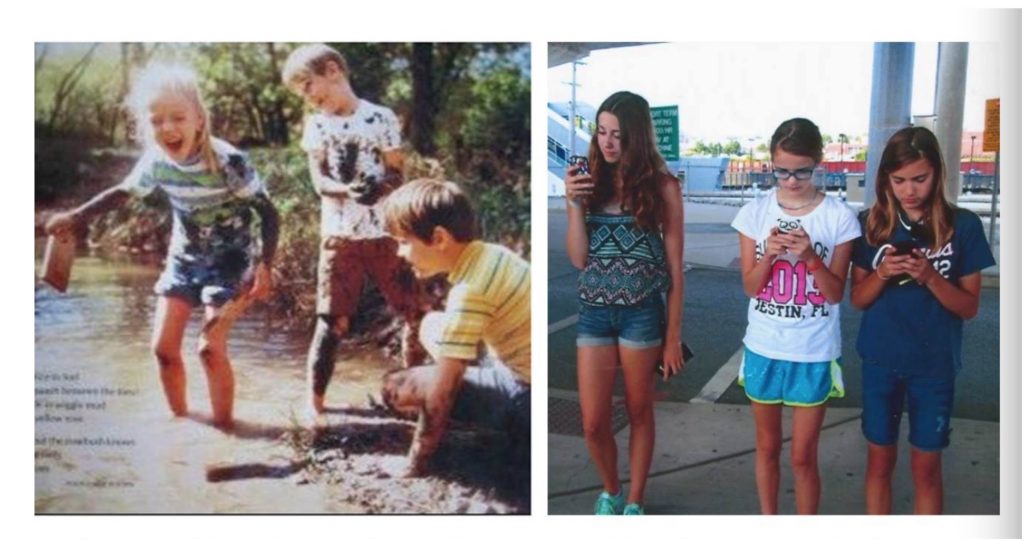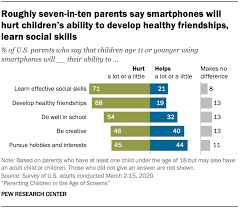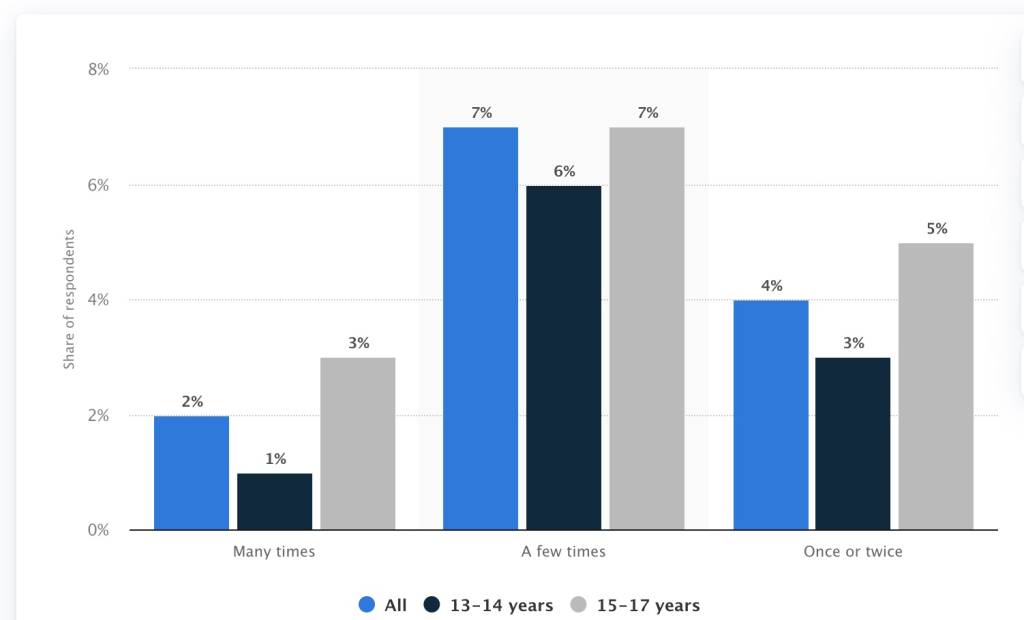YinYi
The rapid development of technology has aroused a heated debate about adolescence’s use of technology, for both educational and personal purposes. Nowadays, according to Wartella (2016), over 90% of adolescent who are aged between 11-18 were reported using digital technologies everyday, including computer, mobile phone, digital books and so forth. Pew Research also reported that adolescents are constantly using digital technologies for countless other purposes, in addition to educational purposes, and they use digital devices in a way never occurred before to operate both professional applications and unprofessional ones, but without deep understanding the consequent results (Alter, 2018). Undoubtedly, we are stepping into a digital future where we digital our economy, education, healthcare system, and so forth. Nevertheless, the constant and rapid development of future digital technologies is in highly debated due to its possible negative impacts on adolescence and even younger children. An interesting research conducted from Pew Research Center reveals that among children who are aged between 2 to 5 years old, 70% of them could navigate their parents’ digital devices while only 12% of them know how to tie their shoelaces. As a matter of fact, some scholars, including Wartella, Rideout, Montague, Heather & Beaudoin-Ryan, Leanne & Lauricella, Alexis (2016) has pointed out that adolescence’s overexposure towards digital devices may rob their mental stimulation on focusing on natural, real, non-computerization activities in real world. From my perspective, digital future will be a threat to adolescence’s development in their academic performances.

From kaspersky daily: https://www.kaspersky.com/blog/digital-habits-report-2021/
We can see that young children 70% of them spending more then 2 hours on digital devices.
Nowadays, creativity, as an ability to imagine and create new inventions, solve problems from different angles, produce novel art works, develop unconventional and unoriginal ideas, is an essential skills for adolescence in all subjects in today’s constant changing society. Nevertheless, digital technologies in the future will cause harmful impacts on adolescence’s creativity skills in their academic performance, or even turning them into uncreative due to heavily relying on internet for most of their academic information. According to Alter (2018), adolescence are constantly making digital platforms, especially the one on the internet to become a place where they could get easily access to knowledge, rather than relying on their ability to think. To be more specific, Ayu et al (2022) has illustrated that compared to 2001, the rate of students using Google for educational purposes increased by over 57%, and it’s still increasing nowadays. A Though the internet could be a useful source of obtaining information in addition to what teachers impart in classes, which has already become an integral learning tool which adolescence ‘go to resource for educational information’ , it could easily change their imaginativeness due to rarely check for the correctness of information, according to Clifford (2022). Adam Alter (2018) also stated that ‘‘there is a lack of professionals to filter internet content”. As a result, this problem has stifled creativity as adolescence will think less and rely more on information from Google. We can see many examples that searching platforms can also be used to spread misinformation(JONES, 1992). Also, some people always believe that technology in the future could help the world by making more information accessible(Duranti, 1998), which could be correct to some extent. However, it also could result in negative impacts on encouraging retrogressive culture due to hamper adolescence ability to think in free and objective ways, especially for adolescence whose cognitive ability is still in developing. As a result, misinformation will become a severe problem in the future digital world for adolescence since it may easily mislead them. Sociologist Jurgen Habermas has proposed that “the internet contributes to the deterioration of creativity as intellectuals lose their ability to create a focus because of a multi-focus, decentered public sphere developing through computer-mediated communication.

Now Youngsters Doing The Second, Not The First.
From https://rindle.com/blog/is-technology-killing-creativity
Concentration is another significant factors in adolescence’s academic success, which could be hindered by ‘digital future’ among them. If adolescence increase their reliance on digital technology, it will create a situation where they will become less aware towards their physical environment and activities occurring around them. For instance, iPhone in China, has become one of the most common solution to suffering from boredom in adolescence daily life, and they begin to lose their ability to concentrate on learning once they think what they are learning is boring. Shirky (2010) has explained that adolescence’s working memory, could be constantly overloaded if they are occupied by digital appliances, leading to the failure or the impairment of long-term concentration. Her findings also is accordance with Naveen (2019) who believe that overloaded information from digital technology will exceed one’s brain capacity for storing information and processing information, resulting in failure to retain some details. Although some people believe that digital educational apps in the future will help studens to help them concentrate longer on what they are not interested at first by using audio, picture elements, ending up learning for several hours and playing ‘educational’ games to absorb the abstract and boring knowledge, smartphones have become the most common solution to boredom, people will lost their ability to discover innovative ways to manage boredom (and then lose concentration) since they rely on various applications and games on their smartphones. Plus, it could also promote adolescence isolation and anti-social behavior since they are no longer seeing necessary to conduct face-to-face communicate with their peers, which is accordance from the fact illustrated by parents in Pew Research Center.

From: https://www.pewresearch.org/internet/2020/07/28/parenting-approaches-and-concerns-related-to-digital-devices/
Digital future could also cause adolescence’s mental health and consequently end up displaying emotional disorder such as social anxiety, which then negatively impact their academic performances. Regulating adolescence emotions is an important part of their development, especially for young people during their formative years(Bolton José & Stan, 2005). Arooj (2016) has pointed out that individuals with social anxiety are facing higher risk of being depression, suicide, and alcoholism. To reduce such situations which might lead to nervousness, adolescence with mental issue seek technology for help, as an avoidance tool. Social media , for instance, could be an ideal place where adolescence with social anxiety to interact with their peers without physically meeting. Under these circumstances, the digital technologies to the detriment of people with emotional issues because it masks the problems and could result in complicated situations, including disrupting family life, limiting learning efficiency, or reducing self-esteem in school. Despite the fact propose by some people that digital devices have many additional features such as email, Short Messaging Services(SMS), music, and cameras, which could help students to relax and maintain learning and relax balance to a health state in highly stressed learning environment. Usually they have the inclination to misuse them by cyber-bullying, and insults and write vulgarity to harm other adolescence by social platforms, which will definitely lead to the current fact that 40 % of young people have experienced cyber-bullying and 27% of teenagers have been bullied more than once by their cell phones (reference10 and 11), and statistics also show that over 50% of teenage suicides are related to bullying (reference 12).

From: https://www.statista.com/statistics/207508/teenagers-personal-experiences-of-bullying-on-social-media-websites/
In summary, digital future will undoubtedly revolutionize how adolescence learn and will has some immense benefits. Nevertheless, this future will also lead to adverse effects towards adolescence’s academic performances such as stifling creativity, distracting from learning and displaying mental illness. In the long run, the mental emotion may lead to severe conditions such as depression or reinforce behavioral avoidance towards natural emotional experiences.
Reference
1. Wartella, Ellen & Rideout, Vicky & Montague, Heather & Beaudoin-Ryan, Leanne & Lauricella, Alexis. (2016). Teens, Health and Technology: A National Survey. Media and Communication. 4. 13. 10.17645/mac.v4i3.515.
2. Alter, L.A. (2018). Irresistible: The Rise of Addictive Technology and the Business of Keeping Us Hooked. Penguin Books.
3. Bonnardel, N., & Didier, J. (2016). Enhancing creativity in the educational design context: An exploration of the effects of design project-oriented methods on students’ evocation processes and creative output. Journal of Cognitive Education and Psychology, 15(1), 80-101.
4. Bonnardel, N., & Zenasni, F. (2010). The impact of technology on creativity in design: an enhancement? Creativity and innovation management, 19(2), 180-191.
Joshi, N. (2019). Is technology increasing or killing our creativity? Allerin.
5. Duranti, Luciana. 1998. Diplomatics: New Uses for an Old Science. Lanham, Md.: Scarecrow Press.
6. Rizvi, A.Z. (2016). Personality, social anxiety, and excessive use of Facebook. Int J Psychol BehavSci, 6(1), 119–127.
Shirky, C. (2010). Cognitive Surplus. Creativity and Generosity in a Connected Age. Penguin Group.
7. Clifford, L (2022). Authenticity and Integrity in the Digital Environment: An exploratory Analysis of the Central Role of Trust. Retrieved from: https://www.clir.org/pubs/reports/pub92/lynch/
8. Ayu Dewi, Citra & Muhali, Muhali & Kurniasih, Yeti & Lukitasari, Diah & Sakban, Abdul. (2022). The impact of Google Classroom to increase students’ information literacy. International Journal of Evaluation and Research in Education (IJERE). 11. 1005-1014. 10.11591/ijere.v11i2.22237.
JONES, D. Digital correctness. Nature 355, 592 (1992). https://doi.org/10.1038/355592a0
9. Bolton, José, and Stan Graeve. “No Room for Bullies: from the Classroom to Cyberspace.” Boys Town, Neb.: Boys Town, 2005
10. http://www.bullyingstatistics.org/content/cyber-bullying-statistics.html
11.http://www.nspcc.org.uk/Inform/resourcesforprofessionals/bullying/bullying_statistics_wda85732.html
12. http://www.bullyingstatistics.org/content/bullying-and-suicide.html